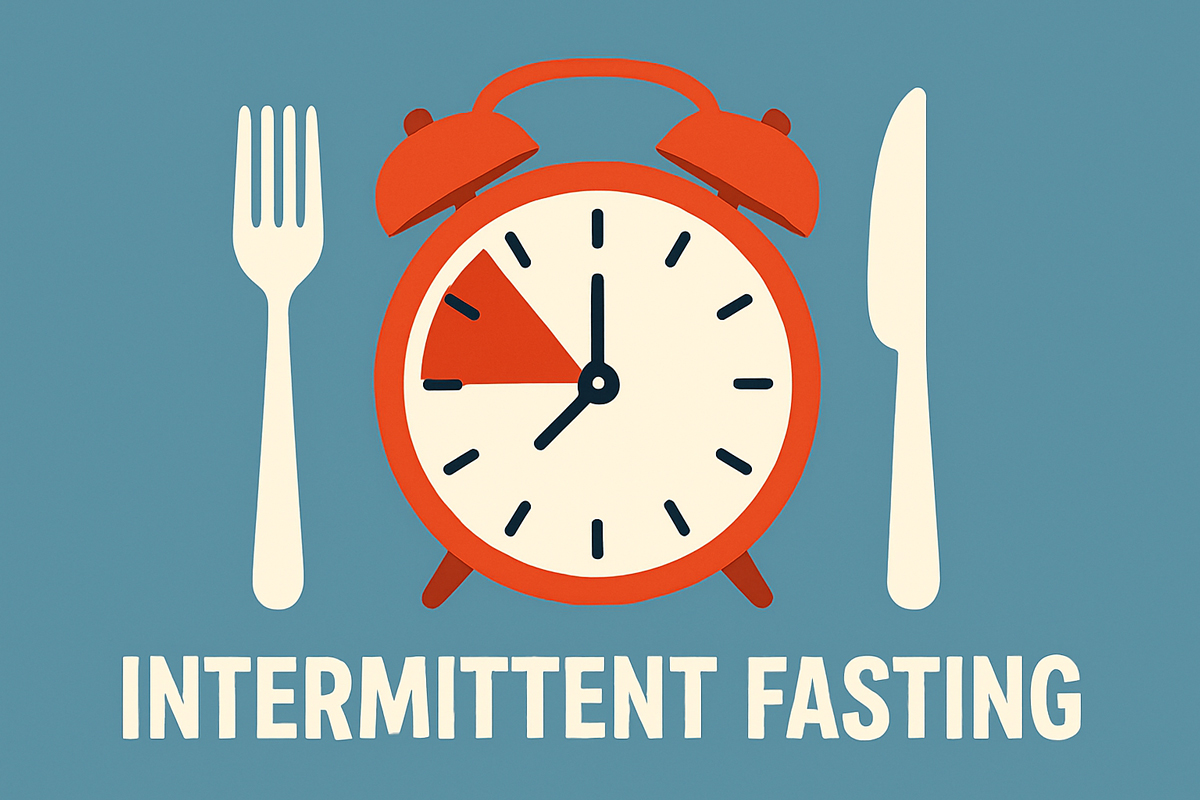Not Just Skipping Breakfast: The Science of Fasting

You’re Not Hungry—You’re Just on Autopilot
We’ve been told to “never skip breakfast,” to eat every few hours to “keep our metabolism going,” and to always have snacks on hand—just in case.
But what if that advice is outdated?
Enter intermittent fasting: a way of eating that’s less about restriction and more about rhythm. And the science backs it up.
The Problem: Constant Eating, Constant Confusion
Most of us spend 14+ hours a day eating or snacking. That means our bodies are constantly digesting, constantly spiking insulin, and rarely tapping into stored energy.
That can lead to:
- Blood sugar rollercoasters
- Brain fog
- Fatigue
- Digestive issues
- Long-term metabolic dysfunction
When you never give your body a break, it never gets a chance to reset.
The Solution: Time-Restricted Eating That Works With You
Intermittent fasting creates eating windows—giving your body a rest from food and a chance to run its internal cleanup crew.
Popular patterns include:
- 16:8 – 16 hours fasting, 8 hours eating
- 14:10 – A gentle starting point
- 12:12 – Great for beginners
- OMAD – One meal a day (advanced, not for everyone)
Here’s what happens during a fast:
- Autophagy: Your cells clean up waste and repair themselves
- Fat-burning: Your body taps into stored energy
- Cognitive clarity: You may feel more focused and alert
- Hormonal balance: Especially for insulin, ghrelin, and leptin
It’s not starvation—it’s metabolic maintenance.
How to Start (Without Getting Hangry)
You don’t have to dive into 16:8 on day one. Start where you are. Try:
- Stop eating 3 hours before bed
- Delay breakfast by 30 minutes each day
- Hydrate first—hunger is often thirst in disguise
- Break your fast with whole, nutrient-dense foods
Best foods to break your fast with:
- Greens
- Healthy fats (avocado, nuts, olive oil)
- Clean protein (eggs, fish, pastured meat)
- Low-sugar fruits (berries, citrus)
Avoid breaking your fast with:
- Sugary cereals
- Baked goods
- Sweetened coffee drinks or “energy” bars
The Ripple Effect of Fasting Done Right
Once you find your fasting groove, you might notice:
- More consistent energy
- Fewer cravings
- Better digestion
- Improved mood and focus
- More stable weight
It’s not about willpower—it’s about giving your body a schedule it understands.
Real Talk: Fasting Isn’t for Everyone—And That’s OK
Some people thrive on it. Others don’t. Women, especially, may need to adjust fasting windows around their cycle or life stage.
If fasting makes you feel anxious, weak, or overly stressed—it’s not your tool right now.
Like all things Remix, the goal is nourishment, not punishment.
Ready to Give Fasting a Try?
Start with the 12:12 method—12 hours eating, 12 hours fasting. That might look like finishing dinner at 7 PM and eating breakfast at 7 AM.
Small shift, big impact.
Looking for more low-effort, high-reward upgrades like this?
Subscribe to the Fresh Spin Remix, our newsletter packed with wellness swaps, food science, and remix-worthy recipes.
What’s Your Take?
Have you tried intermittent fasting? Love it, hate it, remixing it?
Tag us @remixology on Instagram with your fasting-friendly breakfast.